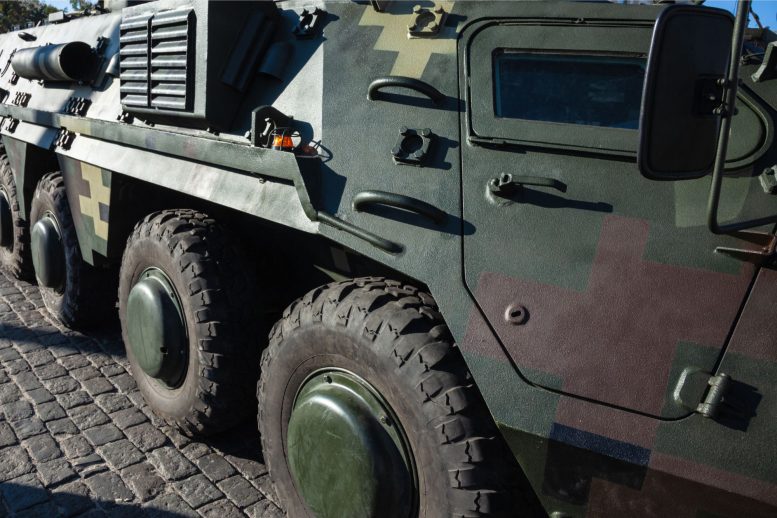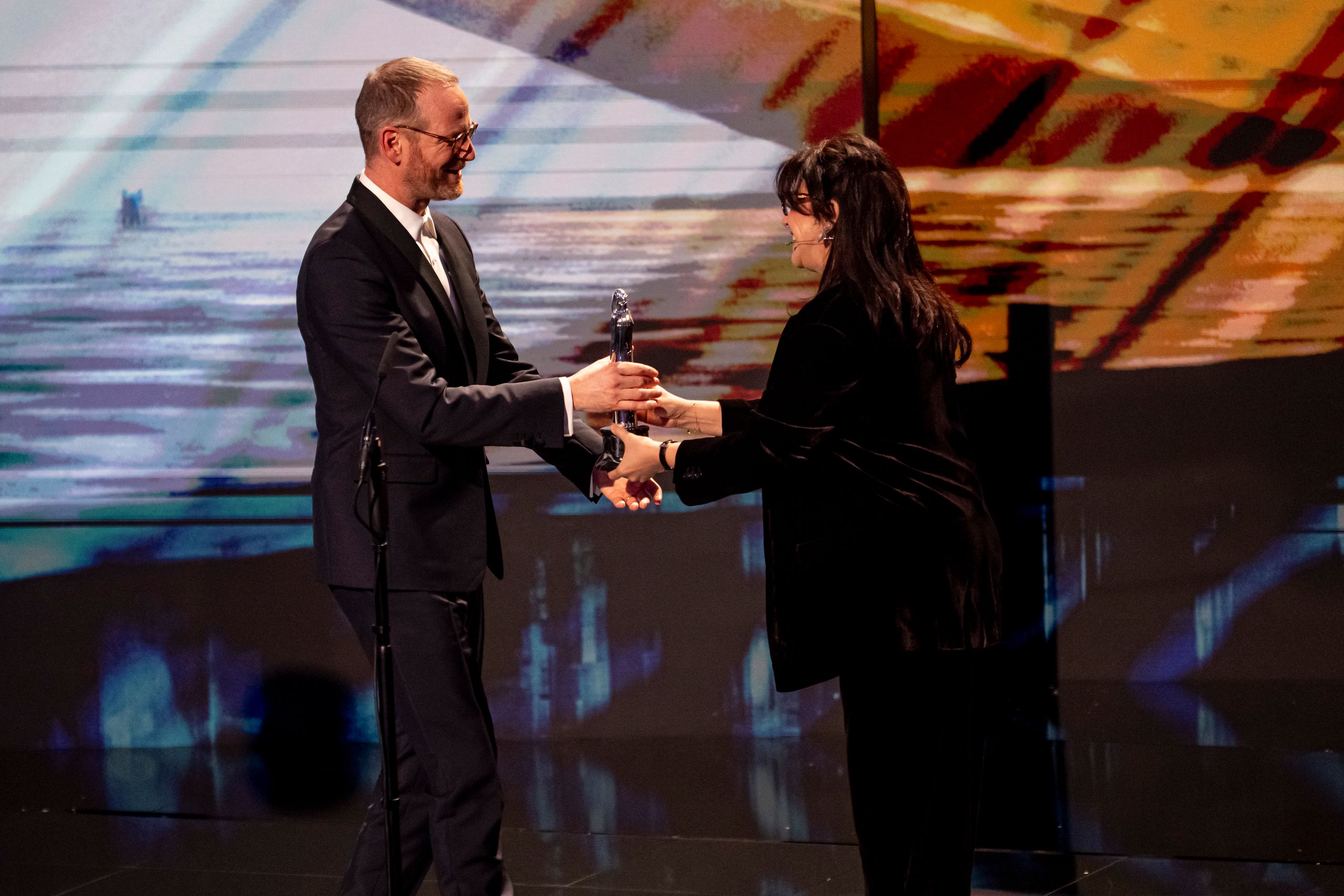Students Pioneer Innovative Camouflage for Army Vehicles

University of Florida senior engineering students, collaborating with peers and the U.S. Army, developed a vehicle camouflage deployment device that enhances battlefield safety and efficiency. The project, which spanned three semesters and involved input from soldiers, resulted in a device that significantly speeds up the camouflage process, uses existing materials more effectively, and adapts to various ground conditions.
University of Florida and Georgia Tech engineering students developed a vehicle camouflage system for the U.S. Army, enhancing camouflage speed and safety, and demonstrating the potential of academic-military collaboration to solve practical defense challenges.
What began as a class project for senior engineering students at the University of Florida evolved into a practical solution for soldiers, providing them with a quicker, easier, and safer method to camouflage their vehicles on the battlefield.
Students from Matthew J. Traum’s mechanical engineering capstone course received real-world training last year when they partnered with peers at Georgia Institute of Technology and the Civil-Military Innovation Institute, or CMI2, to design and produce a vehicle camouflage deployer for the U.S. Army 3rd Infantry Division at Fort Stewart, Georgia.
“This was a successful collaboration that tackled a problem faced by soldiers in the field — and much more rapidly than the Army’s conventional process,” said Traum, Ph.D., an instructional associate professor in the UF Department of Mechanical and Aerospace Engineering.
Traum said a prototype of the UF-designed vehicle camouflage deployment device was delivered to Fort Stewart at the end of the fall 2023 semester and replicated in-house by the Army. The device is currently being field tested.
“Our students designed and built the device in one calendar year, which is remarkable speed compared to conventional Army innovation timelines, which can take years,” Traum said. “The system surpassed the Army’s stated targets for mounting, deploying, and retracting the camouflage while keeping the soldiers safer.”
Traum learned through a colleague, Randy Emert at CMI2, about the potential for collaboration with the nonprofit organization through the Army’s Pathfinder program, managed by the U.S. Army Combat Capabilities Development Command (DEVCOM) Army Research Laboratory and supported by CMI2 to bridge the gaps in defense innovation by fostering relationships between service members and researchers. Traum was invited to the Army base to listen as soldiers presented their wish lists of projects.
“The Army’s tactical innovation labs play a key role in addressing in-field challenges faced by frontline soldiers and securing the necessary resources and technologies to resolve them,” said Emert, the CMI2 lab manager for the Marne Innovation Center at Fort Stewart. “We source problems directly from service members and engage engineering students in a short cycle of product development.”
Based on what Traum heard that day, the need to camouflage combat vehicles faster was a good fit for his capstone students.
“Every time we park a combat vehicle on a battlefield, we need to cover it with camouflage material to hide it from the enemy,” said Capt. Chris Aliperti, co-founder of the Marne Innovation Center. “The process is not easy, and the soldiers were asking for something that would save them time and keep them safe.”
The camouflage deployment problem was broad enough for senior engineering students to work on, and one that could potentially be designed and built within a year, said Aliperti, who recently was promoted and is now a mechanical engineering instructor at the U.S. Military Academy at West Point.
“This was something soldiers on the frontline were asking for, and our team didn’t have the bandwidth to address it,” Aliperti said. “The collaboration with the University of Florida provided invaluable hands-on experience to their students, and the end result contributes directly to enhancing the capabilities of our service members.”
The capstone course is a UF mechanical engineering student’s last class before they graduate and is viewed as a culmination of what students have learned throughout the curriculum, Traum said. The Army project spanned three semesters with about 80 students enrolled each semester.
Their approach evolved over the course of the year, and soldiers offered the students ideas and input weekly.
“It was interesting to see how the design started out as something most people would come up with, but after students met with the soldiers, took their feedback and ran analyses, they ended up with something that looked very different,” Aliperti said. “And it solves the problem much better than the original design.”




